LEARNING MACHINE
Table of Contents
Introduction
You probably already have a pretty good idea of what machine learning is, but maybe the explanations youve gotten are just a little bit cloudy. You know its a key component of artificial intelligence, but even that definition is a little fuzzy. It can be very difficult to wrap your head around the concept. It helps to understand that the foundation of machine learning lies firmly rooted in our own biology.
For eons, weve viewed the human brain as the only creation with the ability to learn and process information from complex data. Now, were told that inanimate objects can learn and change their behavior through this innovation. It boggles the mind to think of it that way. However, there is a good reason why it is not only possible, but it is already a major part of how we live and do business today.
What Is It?
To put it in the simplest of terms, machine learning is the art of computer programming that allows the computer to learn and to automatically adjust its functions to perfect how well they accomplish their task. A computer with machine learning capabilities can actually improve their performance based on their own experience without having an explicit program to tell them exactly what to do.
This process of learning actually begins with the ability of the program to observe collected data and compare it with previous data to find patterns and results and adjust itself accordingly. All of this is done through a complex system of neural networks and algorithms working together in order to produce the desired results. In essence, it means that computers are slowly beginning to learn to think like humans, learning from their experiences and changing in order to improve the results they pick up.
It is now one of the most effective means of simplifying work that has to be done. By reducing the need for every program to be written for every possible function a machine can do, it allows the machine to teach itself how to perform the work done in a faster and more efficient manner.
If youre not quite sure how this works, lets use an example. Suppose you need to create a program that requires the computer to filter out certain types of data. In the traditional programming method, you would have to: 1) Have a human examine what data you want to be eliminated and then compile a list of ways that unwanted data might appear and identify the specific patterns that may appear. 2) Then the human would have to write a specific algorithm created to teach the computer exactly what to look for. 3) The human would then have to develop a software program that could identify those patterns and other details and label them accordingly. 4) Test the program and find any anomalies that could create a problem in finding the unwanted data and then go back to step one and repeat the process over and over again until the program is actually perfected.
Even with this pretty basic list of steps, you would only be able to program the computer to complete one task and would have to repeat the process for any other task that you also may need the computer to do. To complete all of these tasks, you will have to comply with an extensive list of rules in order for it to work correctly. This leaves your programming efforts open to errors popping up and disrupting the whole process. However, if you had chosen to use machine learning to accomplish the same thing, the process would have been done much more quickly with less risk of errors developing.
In addition, once the program is updated using the traditional method, the designer of the program could never feel like the job is done. He (or she) will always have to periodically go back and update it on a regular basis to ensure that it is compatible with the latest technology being used at the time. This would have to be done repeatedly until it is replaced by another program altogether.
Machine learning is a technique that, once uploaded, will run itself. It will automatically tell when updates need to be made and can even latch onto a system and get its own updates, freeing up the human to do other things. Machine learning makes it possible to solve even the most complex problems with minimal human interference. Depending on the type of machine learning you use, once it is live and active in the system, the machine can continue to make its own adjustments and recognize its own failures and successes for as long as it remains that way.
There are many advantages to using machine learning in computer programming today, but no doubt there will be many more new ways to use it in the future. Right now, it is primarily used to:
- Solve problems that involve long lists of rules
- Solve very complex problems that do not have any apparent solution
- Adapt to new data in non-stable environments
As more and more people become aware of how great machine learning can be, it is likely that it will be used in hundreds or thousands of other purposes. In time, it is feasible that it will be used in every industry in existence and may be used at some point to even create new ones.
Chapter 1 Introduction to Machine Learning
Machine learning is what computers do, which comes naturally to people: learn from experience. Machine learning algorithms use computational procedures to find out information straight from the material without relying upon a predetermined equation for a model. Their functionality adaptively improves as the number of samples for learning rises out there. Education is a kind of machine learning.
Machine learning is a program of artificial intelligence (AI) that supplies systems the capability to learn and improve in expertise without being explicitly programmed automatically.
The method of learning starts with information or observations, such as immediate experience examples, or education, to make better choices in the future we supply and to search for patterns in data. The intention is to permit the computers to adapt actions and to understand them without human intervention.
Machine learning is used by many to improve advanced living. It includes procedures that are professional but also industrial. However, what is machine learning? It's a subset of artificial intelligence, which concentrates on using statistical approaches to find out from databases to construct computer systems. Machine learning is used in businesses and disciplines like medical investigation, picture processing, prediction, classification, learning institution, regression, etc.
Machine learning is one of the most influential technologies in the world today. We are far from viewing its entire potential. There is no doubt; it is going to continue to be creating headlines for the future. The following guide is designed as an introduction with no too large level, covering all of the basic ideas.
The majority of us are unaware that we interact with machine learning every moment. Each time we Google something, hear a tune or even have a picture, machine learning is getting a part of the motor behind it, always learning and progressing from each interaction. It is also behind improvements that are world-changing like self-driving cars, producing new medications, and discovering cancer.
Types of Machine Learning
Supervised Machine Learning
Supervised machine learning is widely used in predictive big data analysis because they are able to assess and apply the lessons learned from iterations and interactions to new data set. These learning algorithms are capable of labeling all their current events based on the instructions provided to efficiently forecast and predict future events. For example, the machine can be programmed to label its data points as R (Run), N (Negative), or P (Positive). The machine-learning algorithm then labels the input data as programmed and gets the correct output data. The algorithm compares the production of its own with the expected or correct output, identifies potential modifications, and resolves errors to make the model more accurate and smarter. By employing methods like regression, prediction, classification, and boosting of ingredients to properly train the learning algorithms, any new input data can be fed to the machine as target data set to assemble the learning program as desired. This jump-starts the analysis and propels the learning algorithms to create an inferred feature, which can be used to generate forecasts and predictions based on output values for future events. Financial organizations and banks, for example, depend heavily on machine-learning algorithms to track credit card fraud and foresee the likelihood of a potential customer not making their loan payments on time.

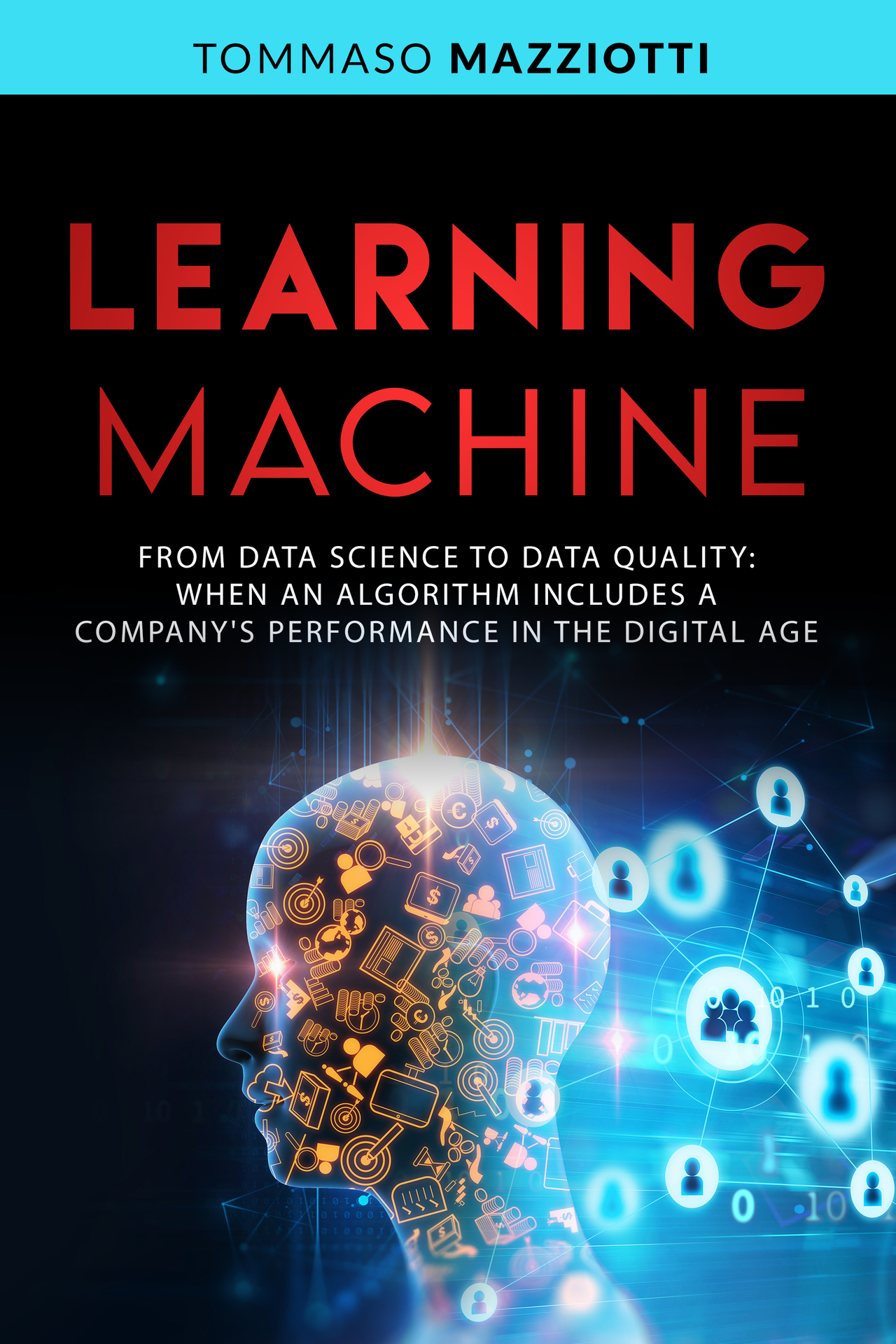

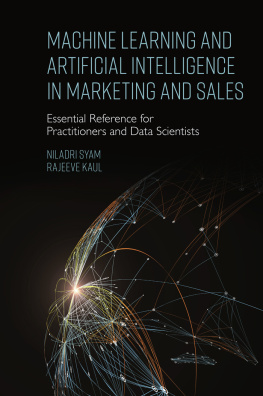
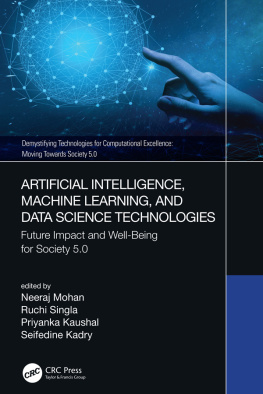
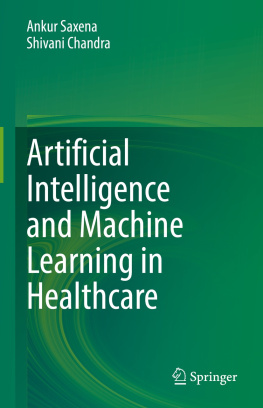
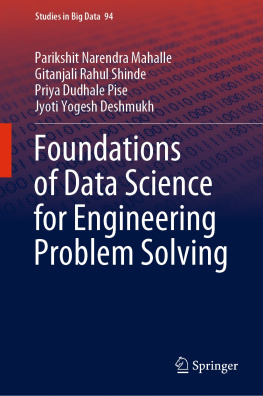
![Jim Sterne [Jim Sterne] - Artificial Intelligence for Marketing](/uploads/posts/book/124040/thumbs/jim-sterne-jim-sterne-artificial-intelligence.jpg)